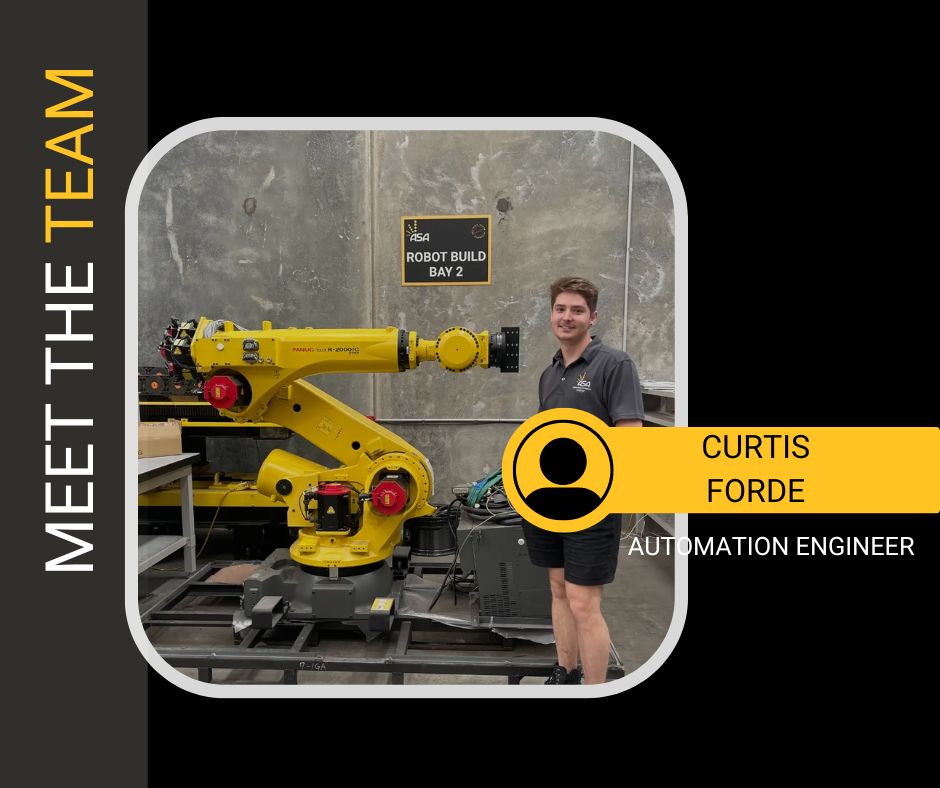The development of robotic arms has revolutionized the manufacturing process, mixing safety, precision efficiency, and other factors that were previously unimaginable. These amazing machines, commonly called robot arms, are indispensable in the global manufacturing industry driven by the pressing need to reduce operating expenses while ensuring high standards of quality. By integrating robotic arms into production lines, companies have not only reduced costs but also improving safety in the workplace and productivity. Let’s examine how these groundbreaking machines are reshaping the industrial landscape.

Image credit: automatedsolutions.com.au
The primary force behind the global surge in robotic arm adoption is cost efficiency. The demand on factories to decrease production mistakes, material waste and workplace accidents are constant. Robotic arms are able to tackle these issues. Robots help avoid costly mistakes and help reduce the waste of raw materials, by performing repetitive tasks much more precise than humans. Robotic arms are utilized in many industries that require large quantities of material, such as the automotive industry, to ensure flawless assembly. This can lead to substantial savings since less defective products mean less rework or waste.
Safety is another important factor in the emergence of robot arms. Human workers are in danger when they perform a range of manufacturing tasks, including handling dangerous materials or operating heavy machinery. Robot arms enable companies to get their workers out of dangerous environments and reduce accidents at work. Robotic arms, constructed as a chain of joints that move, can replicate the functions of human arms and not cause physical injury. They are equipped with robotic hands or programmable end-effectors. They can perform tasks like grasping spinning and welding under conditions that make it dangerous for humans.
Robot arms’ versatility can be a game changer in many industries. Robot arms can be adapted to different tasks. From assembly of automobiles, to electronic production. The fact that they can be programmed allows them to perform intricate operations such as tending to machines paint, or fiberglass application, with unmatched accuracy. Robotic arms in warehousing have revolutionized palletizing through the automation of loading of pallets with goods. The automation does not just boost efficiency, but also guarantees security, as robot arms can work continuously without fatigue.
Cobots are an entirely new breed of robots able to work in conjunction with humans. Cobots with robotic arms in contrast to traditional industrial robots, which are kept in isolated cells, are specifically designed to interact with human beings safely and efficiently. The hands of a robot is able to do heavy lifting and repetitive tasks in factories, so that human workers are freed to focus on more difficult tasks. The cobots cease or alter their motion in the event that they spot a worker close by.
The effects of robotic arms go beyond safety and efficiency, to the very fabric of modern manufacturing. Their capability to complete tasks such as welding or assembly, as well as handling of materials with precision has made them essential in high-risk industries. A robotic arm, for instance, can be utilized to rotate and position parts during assembly in the automobile industry, making sure they are precisely aligned, without any human involvement. As in electronic manufacturing, robot arms deal with delicate components using care, minimizing damages and improving the quality of output.
As the world’s industries continue to develop, robotic arms’ role will increase. Since they can lower costs, improve safety, and adapt for different tasks robots are the core of the future of manufacturing. With cutting-edge technology coupled with human ingenuity robot arms aren’t just tools. They are partners in technological advancement, driving innovation and altering the way we build the world around us.
